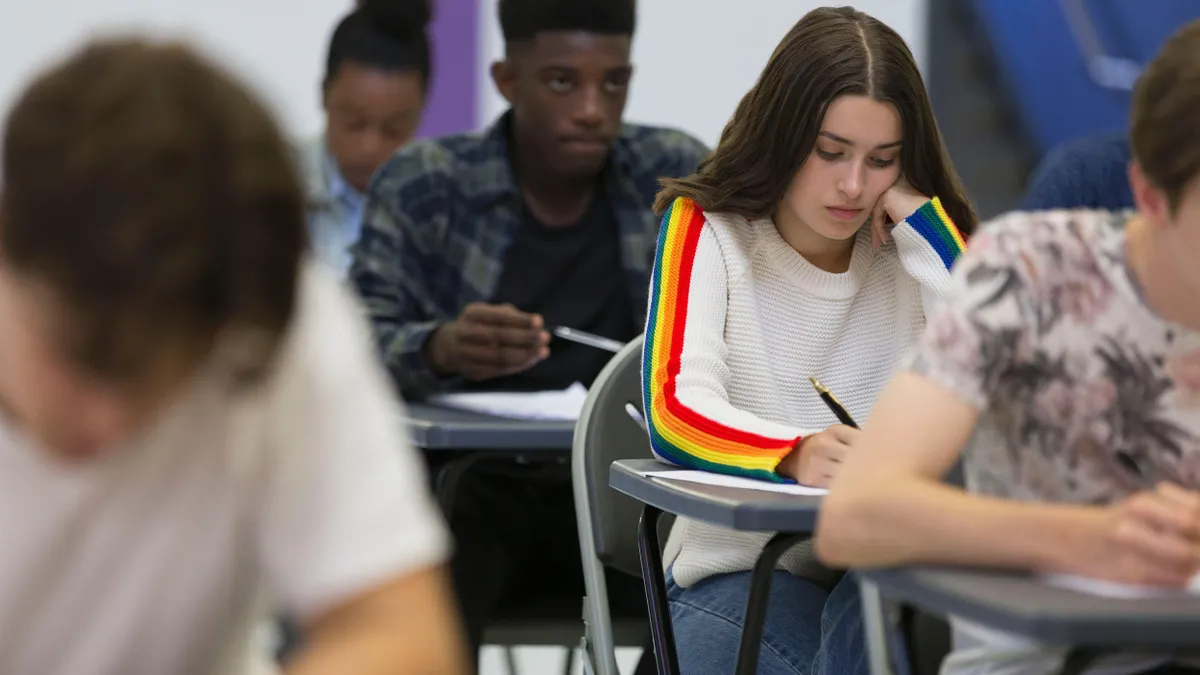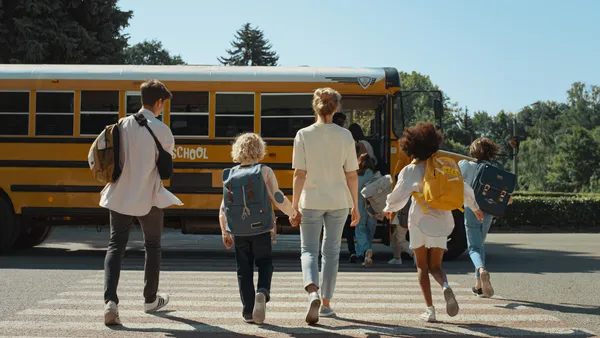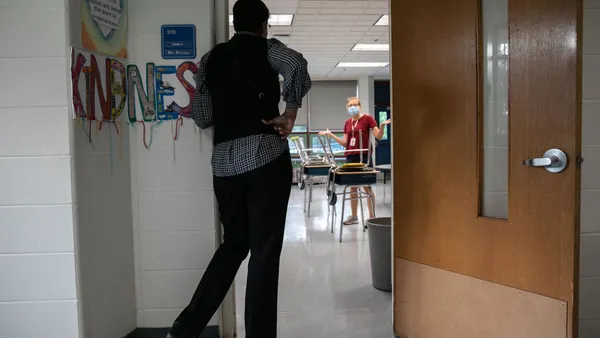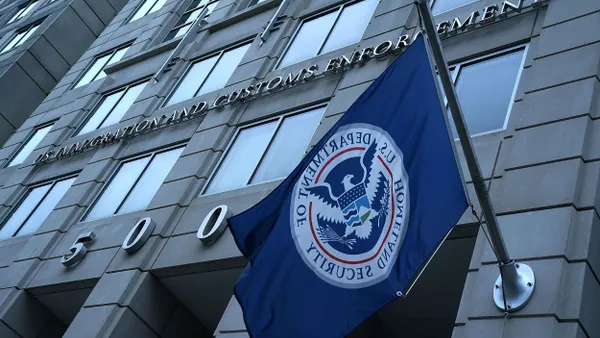Most clicked story of the week:
From enrollment to artificial intelligence, a variety of obstacles and opportunities lay before education leaders in the new school year. The K-12 Dive team took a closer look at four trends to watch as students return to the classroom.
Policy proposals abound:
- A House Republican budget proposal for fiscal year 2026 would cut Title I by $5.2 billion, or 27%. The proposal would cut overall funding for the U.S. Department of Education — including K-12 and higher education programs — by 15% below the current budget of $78.7 billion, to $67 billion. The plan would not, however, consolidate current competitive formula funding grant programs into one formula grant program as suggested in President Donald Trump’s budget proposal.
- Florida will aim to end all vaccine mandates, including those required for schoolchildren, said state Surgeon General Joseph Ladapo during a news conference Wednesday. Florida would be the first state to not require vaccinations, Ladapo said. The state currently requires a variety of immunizations for preschool and K-12 school attendance, according to the Florida Department of Health.
- Rep. Paul Tonko, D-N.Y., and Rep. Brian Fitzpatrick, R-Pa., on Wednesday reintroduced bipartisan legislation aimed at protecting students, teachers and others from poor indoor air quality by expanding the role of the U.S. Environmental Protection Agency. The Indoor Air Quality and Healthy Schools Act, first introduced in July 2024, would require a nationwide assessment of indoor air quality in schools and childcare facilities and give schools and childcare centers tools to improve IAQ conditions.
Logistical challenges rising for schools:
- More school districts are grappling with insolvency, exacerbated in districts that decided to spend pandemic federal aid on recurring expenses or didn’t scale back their budgets in preparation for the aid’s end, say education finance experts. As that aid dries up, other factors like enrollment declines are also constraining finances, they say. As a result, districts are facing increased involvement from their counties and states — and in rarer cases, districts may even announce bankruptcy or consider mergers with other districts.
- School leaders are still facing transportation challenges, with 80% citing bus driver shortages and 73% saying budget issues are impacting transportation operations, according to a pair of surveys conducted by the Associated Press and the University of Chicago’s NORC Center for Public Affairs Research. Some 26% said their school or district addressed bus driver shortages by cutting or shortening bus routes, and 83% said educators have had to excuse themselves from their core responsibilities to address transportation needs.
- Recruiting and retaining teachers of color is expected to be even more challenging with the Trump administration’s rollback of federal funding for teacher preparation programs that have helped diversify the educator workforce, according to a new policy brief issued by the University of California, Los Angeles School of Education and Information Studies. The federal changes “will have lasting negative effects on students, schools, and school systems” as teacher diversity will likely decline, the brief said.













